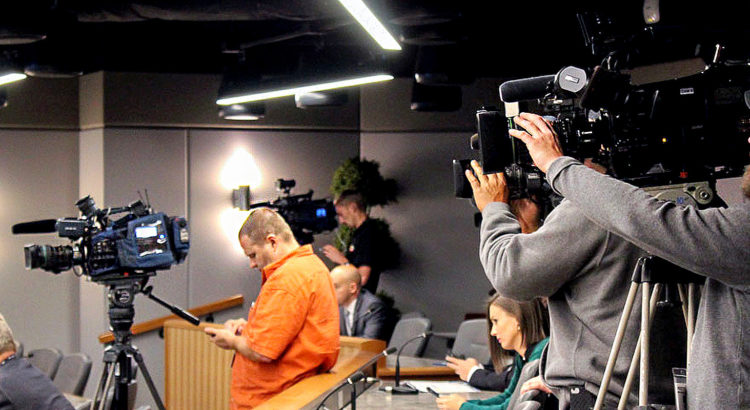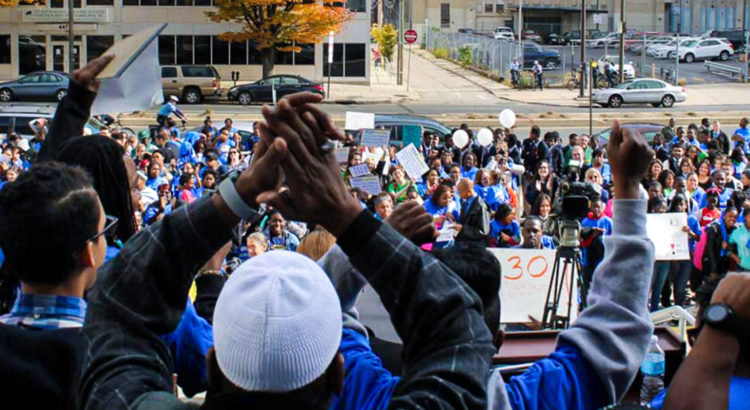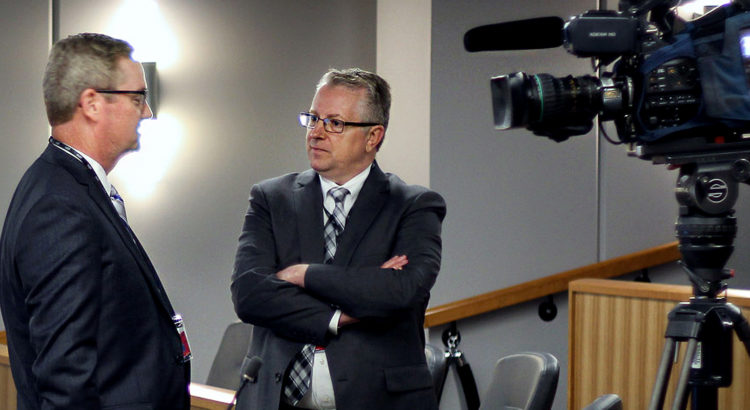By: Alex Styer, Director of Digital Media
One of the pain points I have experienced over the last 15+ years working in the communications field is when there is a lack of substantive direction or feedback on creative projects. The phrase “I don’t like it” provides little in the way of helping to guide an idea or message through to a completed advertisement/video/social post. My job is to take intangible ideas and turn them into concrete words and images.
When I am in the driver’s seat for creative projects, I use several tools to help bring substance out of a conversation:
- Keep it Simple: Ask simple, open-ended questions to help get to a WHY. This could include questions like: How does this make you feel? How do you want it to make you feel? Who is our audience? What do we want them to do after seeing this? Taking a step back and starting from the very beginning can help bring out core messages and themes.
- Think Abstract: Is it too square? Round? Colorful? Bleak? Is the text too modern or dated? Is the presentation jarring or pleasing to the eye? I find these types of questions extremely useful in creative presentations. Speaking in basic abstract concepts can help a large group find consensus in fast order.
- Use Help: Online tools like Thesaurus.com, Canva, Hootsuite and even, yes, Chat-GPT all provide ways to help kickstart or further your creative process. I find that when I am stuck, even staring at a page or three of random stock images will help to bring forth an idea or word that I wasn’t previously thinking.
The end goal of all this is to come up with concrete words or phrases and direction for either you or a graphic designer to implement. The more specific, the better. Remember, a lack of direction or rushed proofreading will ultimately cost extra in overage hours, so it’s important to try to provide clear direction during the creative development and review process.
A few more tips:
- Avoid sending or making edits in piecemeal form if working with larger teams.
- Set deadlines for creative feedback.
- Gather all feedback at one time and make one round of edits.
These tools have ultimately helped me to guide hundreds of creative projects from ideation through to completion. I hope they can provide you with some guidance in your own creative pursuits.
Stay connected
Like what you just read? Sign up for our LinkedIn newsletter and get these updates delivered straight to your inbox.



